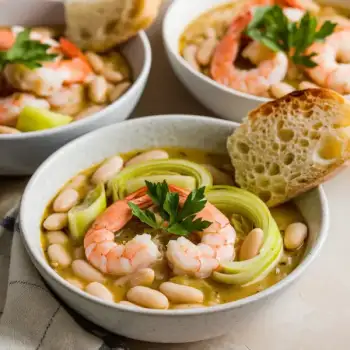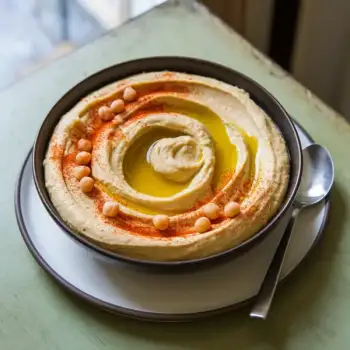


Ground
Paprika is commonly found as a ground spice, made from dried and ground sweet red peppers, offering a range of flavors from sweet to smoky.
Smoked
Smoked paprika is made from peppers that are smoked over a wood fire before being ground, imparting a distinctive smoky flavor.
Spanish
Spanish paprika, or pimentón, comes in three varieties: dulce (sweet), agridulce (bittersweet), and picante (hot), each with a different level of heat and complexity.
Hungarian
Hungarian paprika is known for its bright red color and is available in several grades, ranging from mild to hot, with 'noble sweet' being the most prized for its sweet, rich flavor.




ground paprika: McCormick
smoked paprika: La Chinata
Spanish paprika: Chiquilín
Hungarian paprika: Szeged

Dusting: Paprika is often used as a finishing spice, dusted over dishes like deviled eggs, potato salads, and hummus for a pop of color and mild flavor.
Smoking: Smoked paprika is made from peppers that are smoke-dried and then ground. Using smoked paprika can add a rich, barbecue-like flavor to meats and vegetables.
Blooming: This technique involves heating paprika in oil or fat to release its essential oils and deepen its flavor. It's a common first step in dishes like stews and sauces.














